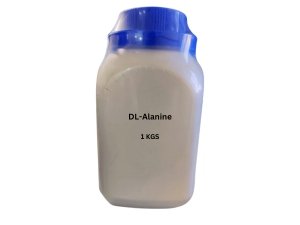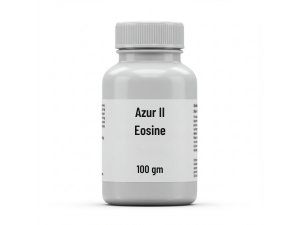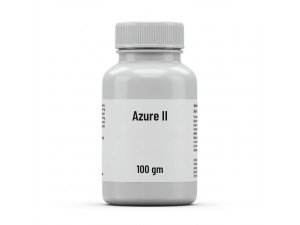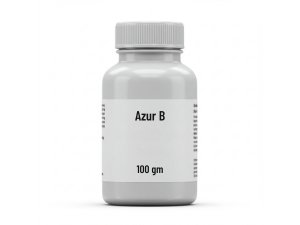Anthrone 97%
₹0.00 – ₹750.00
Anthrone is a tricyclic aromatic ketone used in analytical chemistry, particularly for carbohydrate detection. It exhibits tautomerism, existing in equilibrium with its enol form, anthrol.
Anthrone is a tricyclic aromatic ketone with significant applications in analytical chemistry, particularly in carbohydrate analysis. Here's a more detailed description:
Chemical Structure and Properties:
- Chemical Formula: C₁₄H₁₀O
- Structure:
- It consists of three fused benzene rings, with a ketone (C=O) group on the central ring.
- It exhibits tautomerism, meaning it can exist in two interconvertible forms: the ketone form (anthrone) and the enol form (anthrol).
- Physical State: Yellowish crystalline solid.
- Melting Point: Approximately 156 °C
- Solubility: Insoluble in water, but soluble in organic solvents like ethanol, chloroform, and benzene.
- Reactivity: The ketone group makes it reactive towards various chemical reagents.
Applications:
- Carbohydrate Analysis:
- The most prominent application of anthrone is in the anthrone test, a colorimetric assay for determining the presence and quantity of carbohydrates.
- In this test, anthrone reacts with carbohydrates in the presence of concentrated sulfuric acid, producing a blue-green color. The intensity of the color is proportional to the carbohydrate concentration.
- Analytical Reagent:
- It is used as a reagent in various other analytical procedures.
- Organic Synthesis:
- It can be used as an intermediate in organic synthesis.
Tautomerism:
- Anthrone-Anthrol Tautomerism:
- The equilibrium between anthrone and anthrol is influenced by the solvent and temperature.
- The enol form (anthrol) is often less stable than the ketone form (anthrone).
Key Characteristics:
- Its ability to react with carbohydrates in the presence of sulfuric acid is the basis for its use in the anthrone test.
- The tautomerism it displays is a key chemical property.
- It is a ketone.
In essence, anthrone is a valuable analytical reagent, particularly for carbohydrate determination, and its chemical properties are central to its applications.
Additional information
| Weight | N/A |
|---|---|
| CAS number | 90-44-8 |
| Chemical formula | C₁₄H₁₀O |
| Molar mass | 194.23 g/mol |
| Physical state | Yellowish crystalline solid or powder. |
| Odor | Not strongly characterized, but it can have a slight aromatic odor. |
| Melting point | Approximately 153-158 °C. |
| Boiling point | Relatively high. |
| Density | Approximately 1.055 g/cm³ |
| Solubility in water | Insoluble in water. Soluble in organic solvents. |
| Flash point: | Not typically given. |
| Autoignition temperature | NA |
| Dye Content | Not a dye itself, but used as a reagent in analytical chemistry. |
| Vapor pressure | Relatively low. |
| UN number | NA |
| Flammability | Combustible |
| Carcinogenicity | While not strongly classified as a potent carcinogen, it is an irritant, and care should be taken when handling it. |
| Grade | CP |
| Size | 25 gm, 100 gm, 1 kg |
Only logged in customers who have purchased this product may leave a review.







Reviews
There are no reviews yet.